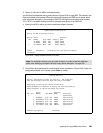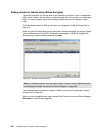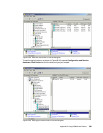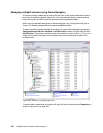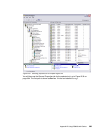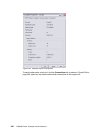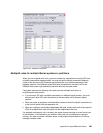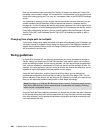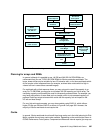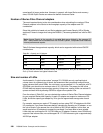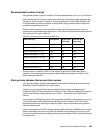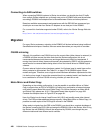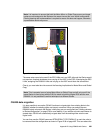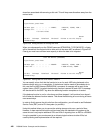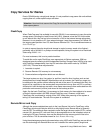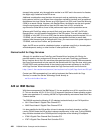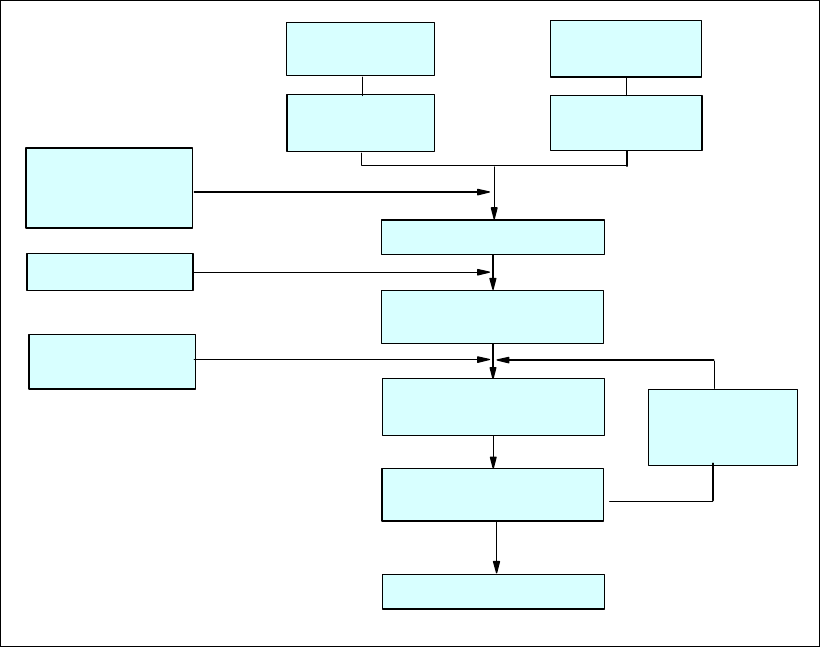
Appendix B. Using DS8000 with iSeries 397
Figure B-34 Process for sizing external storage
Planning for arrays and DDMs
In general, although it is possible to use 146 GB and 300 GB 10K RPM DDMs, we
recommend that you use 73 GB 15K RPM DDMs for iSeries production workloads. The
larger, slower drives may be suitable for less I/O intensive work, or for those workloads which
do not require critical response times (for example, archived data or data which is high in
volume but low in use such as scanned images).
For workloads with critical response times, you may not want to use all the capacity in an
array. For 73 GB DDMs you may plan to use about 300 GB capacity per 8 drive array. The
remaining capacity could possibly be used for infrequently accessed data. For example, you
may have archive data, or some data such as images, which is not accessed regularly, or
perhaps FlashCopy target volumes which could use this capacity, but not impact on the
I/O /sec on those arrays.
For very high write environments, you may also consider using RAID-10, which offers a
higher I/O rate per GB than RAID-5 as shown in Figure B-3 on page 399. However, the
majority of iSeries workloads do not require this.
Cache
In general, iSeries workloads do not benefit from large cache, so in the initial planning for Disk
Magic, consider the minimum cache size available. Depending on the workload (as shown in
OS/400 Performance Tools System, Component and Resource Interval reports) you may see
Modeling with
Disk Magic
Rules of thumb
Proposed
configuration
Requirements and
expectations met ?
Finish
Other
requirements:
HA, DR etc.
SAN Fabric
Workload from
other servers
Yes
Adjust config
based on DM
modeling
No
Workload
description
Workload
characteristics
Performance
Tools Reports
Workload
statistics



